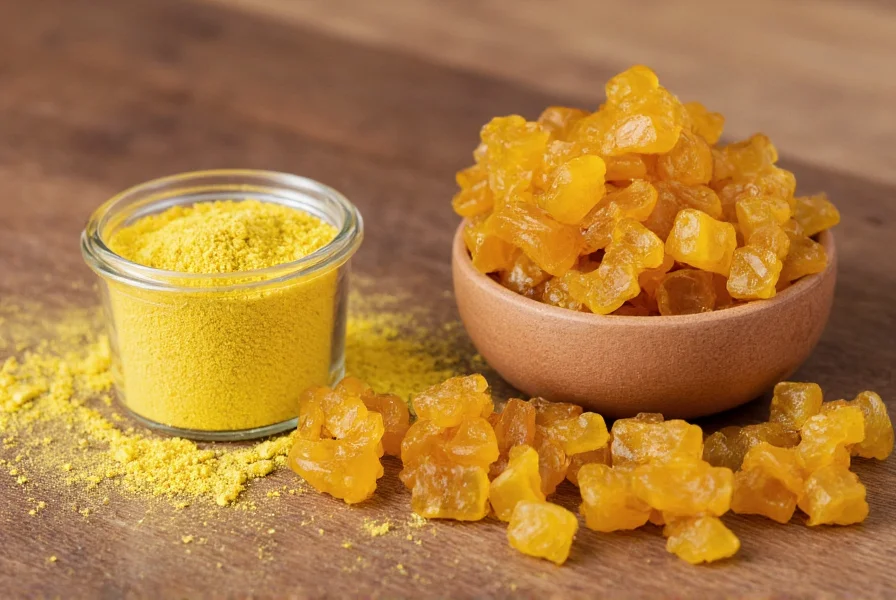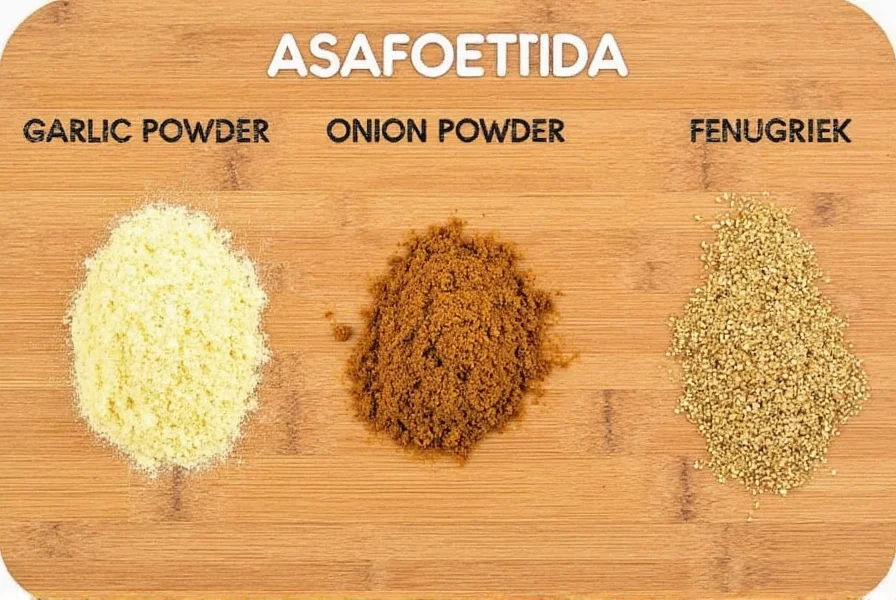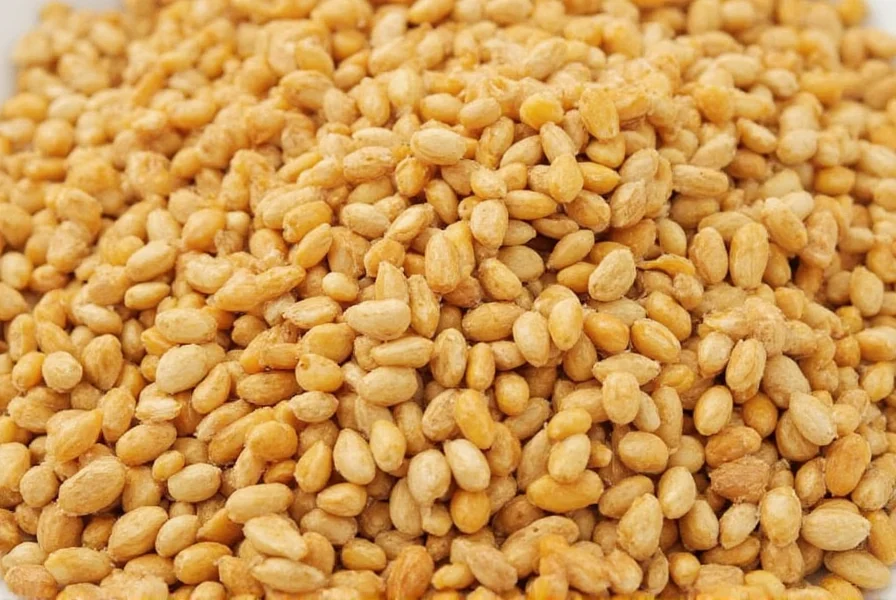Native to the arid regions of Afghanistan and Iran, asafoetida has become an indispensable ingredient in Indian cooking, particularly in vegetarian and lentil-based dishes where it provides depth without using onion or garlic. The name "hing" comes from the Hindi word for the spice, while "asafoetida" derives from the Persian phrase "aza" (resin) and Latin "foetidus" (stinking), accurately describing its powerful aroma.
Historical Background and Global Journey
Historical records show asafoetida has been traded along ancient spice routes since at least the 6th century BCE. Persian physicians documented its medicinal properties, while Indian Ayurvedic texts from the same period praised its digestive benefits. During the Mughal era, asafoetida became deeply integrated into Indian culinary traditions, especially among Jain and Brahmin communities who avoided onion and garlic for religious reasons.
European explorers initially rejected asafoetida due to its strong smell, but by the 18th century, it gained popularity in British cooking as a digestive aid. Today, India imports approximately 1,500-2,000 metric tons of raw asafoetida annually, primarily from Afghanistan and Iran, making it one of the world's largest consumers of this unique spice.
Physical Characteristics and Forms
Raw asafoetida appears as a milky-white to reddish-brown resin that hardens when exposed to air. In Western markets, it's rarely sold in this pure form due to its intense odor. Most consumers encounter it in these processed forms:
| Form | Description | Common Usage |
|---|---|---|
| Lump resin | Raw, unprocessed asafoetida | Rarely used outside traditional medicine |
| Powdered | Mixed with rice flour (typically 90% flour, 10% resin) | Most common form for home cooking |
| Emulsified | Dissolved in oil or alcohol | Used in commercial food production |
| Compound | Blended with other spices like turmeric | Regional variations for specific dishes |

Culinary Applications and Flavor Transformation
The magic of asafoetida lies in its flavor transformation during cooking. When raw, it emits a powerful sulfurous smell reminiscent of rotten eggs, but when added to hot oil or ghee at the beginning of cooking (a technique called "tadka" or tempering), it develops a savory, umami-rich flavor profile that enhances entire dishes with just a pinch.
Chefs use asafoetida hing primarily in these culinary contexts:
- Lentil dishes (dal): A pinch added during tempering creates depth in otherwise simple preparations
- Vegetable curries: Particularly effective with potatoes, eggplant, and leafy greens
- Flatbreads: Incorporated into dough for savory Indian breads like paratha
- Dips and chutneys: Provides background complexity without overpowering
- Fermented foods: Helps reduce gas production from beans and lentils
Professional chefs emphasize that less is more with asafoetida—typically 1/8 to 1/4 teaspoon per four servings is sufficient. Adding it to cold dishes results in an unpleasantly strong flavor, so proper tempering technique is essential for optimal results when learning how to use asafoetida in cooking.
Scientific Perspective on Health Benefits
Modern research supports many traditional claims about asafoetida hing benefits. Studies published in the Journal of Ethnopharmacology have identified several bioactive compounds including ferulic acid, umbelliprenin, and prenylated coumarins that contribute to its therapeutic properties.
Key evidence-based benefits include:
- Digestive enhancement: Stimulates digestive enzymes and reduces intestinal gas formation
- Anti-inflammatory properties: Compounds show significant reduction in inflammatory markers
- Respiratory support: Traditional use as an expectorant supported by modern studies
- Antimicrobial effects: Demonstrated activity against certain foodborne pathogens
It's important to note that most research uses concentrated extracts, and the small amounts used in cooking likely provide modest but cumulative benefits. Those with bleeding disorders should consult physicians before consuming large quantities, as asafoetida may affect blood clotting.
Substitution Strategies for Asafoetida
Finding a perfect asafoetida hing substitute proves challenging due to its unique flavor chemistry, but several alternatives work in specific contexts:

| Substitute | Best For | Limitations |
|---|---|---|
| Garlic-onion powder blend (1:1) | Non-religious vegetarian dishes | Lacks the distinctive umami depth |
| Fenugreek seeds + garlic powder | Lentil dishes and curries | Requires careful balancing of flavors |
| Mushroom powder | Vegan umami boost | Subtler flavor profile |
| Fennel seeds (for digestive benefits) | When primary need is digestive aid | Completely different flavor profile |
For those following religious dietary restrictions that prohibit onion and garlic, no perfect substitute exists. Some traditional cooks use a combination of ginger and cumin to approximate certain aspects of asafoetida's flavor, though the distinctive sulfurous note remains unmatched.
Proper Storage and Handling Techniques
Due to its volatile compounds, asafoetida requires careful storage to maintain potency. Exposure to air causes it to harden and lose flavor intensity. The best storage practices include:
- Keep in an airtight container away from light and moisture
- Store in a cool, dark place (not the refrigerator, which introduces moisture)
- Use glass containers rather than plastic, which can absorb the odor
- Add a silica gel packet to absorb any moisture
When measuring asafoetida hing powder, use a dedicated small spoon as the resin can permeate other utensils. Many Indian cooks keep a separate "hing spoon" specifically for this purpose. Properly stored, asafoetida maintains its potency for 2-3 years, though flavor gradually diminishes over time.
Global Variations and Cultural Significance
While asafoetida is most associated with Indian cuisine today, its culinary journey spans multiple cultures:
- Persian cuisine: Used in small amounts in stews and rice dishes
- Roman cooking: Silphium, a related plant, was highly prized (now extinct)
- Traditional Chinese medicine: Used for digestive complaints
- Middle Eastern dishes: Incorporated into certain meat preparations
In India, regional variations abound—Gujarati cooking uses more asafoetida than South Indian preparations, while Kashmiri cuisine incorporates it into yogurt-based dishes. The spice's importance in Jain vegetarian cooking has made it a symbol of culinary adaptation within religious dietary restrictions.
FAQs About Asafoetida Hing
What is the correct pronunciation of asafoetida and hing?
Asafoetida is pronounced "ass-uh-FET-ih-duh" (with the emphasis on the third syllable). The "a" sounds are short like in "cat." Hing is simply pronounced "hing" with a hard "h" sound, rhyming with "sing." In Hindi, the "h" is aspirated more strongly than in English.
Why is asafoetida so expensive compared to other spices?
Asafoetida commands a higher price due to its labor-intensive harvesting process. The resin must be manually tapped from wild Ferula plants in remote mountainous regions, primarily in Afghanistan and Iran. Each plant yields only small amounts of resin, and the harvesting season is limited to spring. Transportation challenges from these regions and the low yield per plant contribute to its premium cost compared to more commonly cultivated spices.
Can asafoetida be used in non-Indian dishes?
Absolutely. Creative chefs worldwide incorporate asafoetida into diverse cuisines. A pinch enhances tomato sauces, roasted vegetable dishes, and even certain seafood preparations. It works particularly well in dishes featuring legumes, where it both improves flavor and reduces digestive discomfort. Some artisanal bread makers add trace amounts to sourdough for complexity. The key is using it sparingly—start with 1/16 teaspoon and adjust to taste.
Is there a difference between Indian and Iranian asafoetida?
Yes, regional variations exist. Iranian asafoetida (often labeled "Afghani") tends to be stronger, more pungent, and has a darker color with higher resin content. Indian-produced asafoetida (from the Kashmir region) is milder and often blended with more rice flour. Chefs specializing in South Indian cuisine often prefer the milder Indian variety, while those making Gujarati dishes may seek the stronger Iranian type. The quality also varies by harvest season, with spring harvests generally considered superior.
Why do some asafoetida products contain wheat flour?
Some manufacturers use wheat flour instead of rice flour as a diluent in powdered asafoetida, which creates problems for gluten-sensitive individuals. Traditional Indian preparations use rice flour, which is gluten-free. Always check labels carefully if you have gluten sensitivity—look for "gluten-free" certification or products specifically stating they use rice flour. Pure resin forms are naturally gluten-free but require careful measuring and are less common in Western markets.











 浙公网安备
33010002000092号
浙公网安备
33010002000092号 浙B2-20120091-4
浙B2-20120091-4